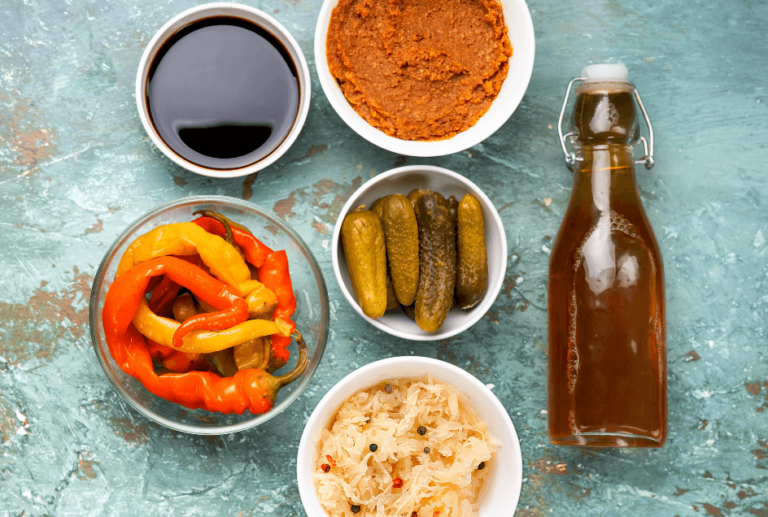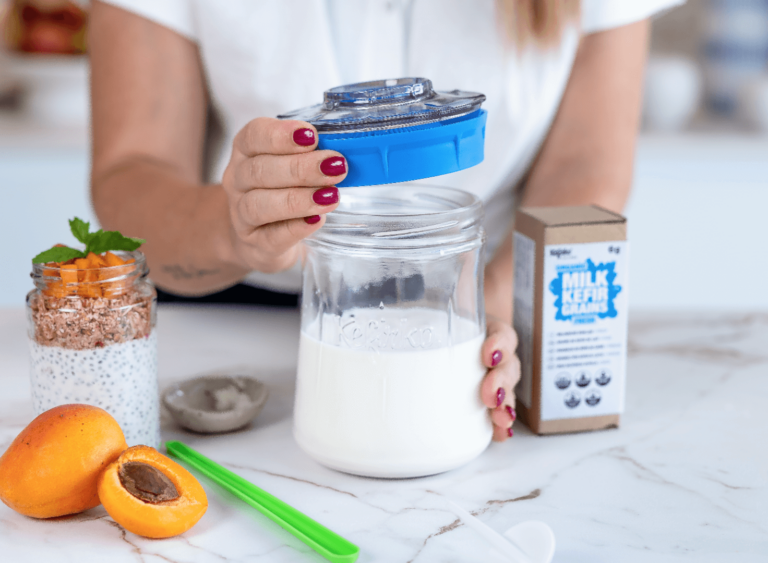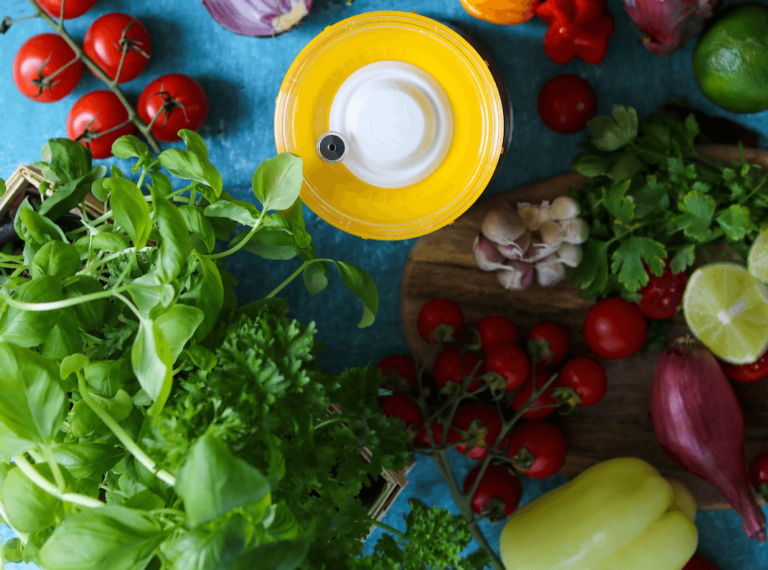The Basics of Sourdough Starter: Everything You Need to Know
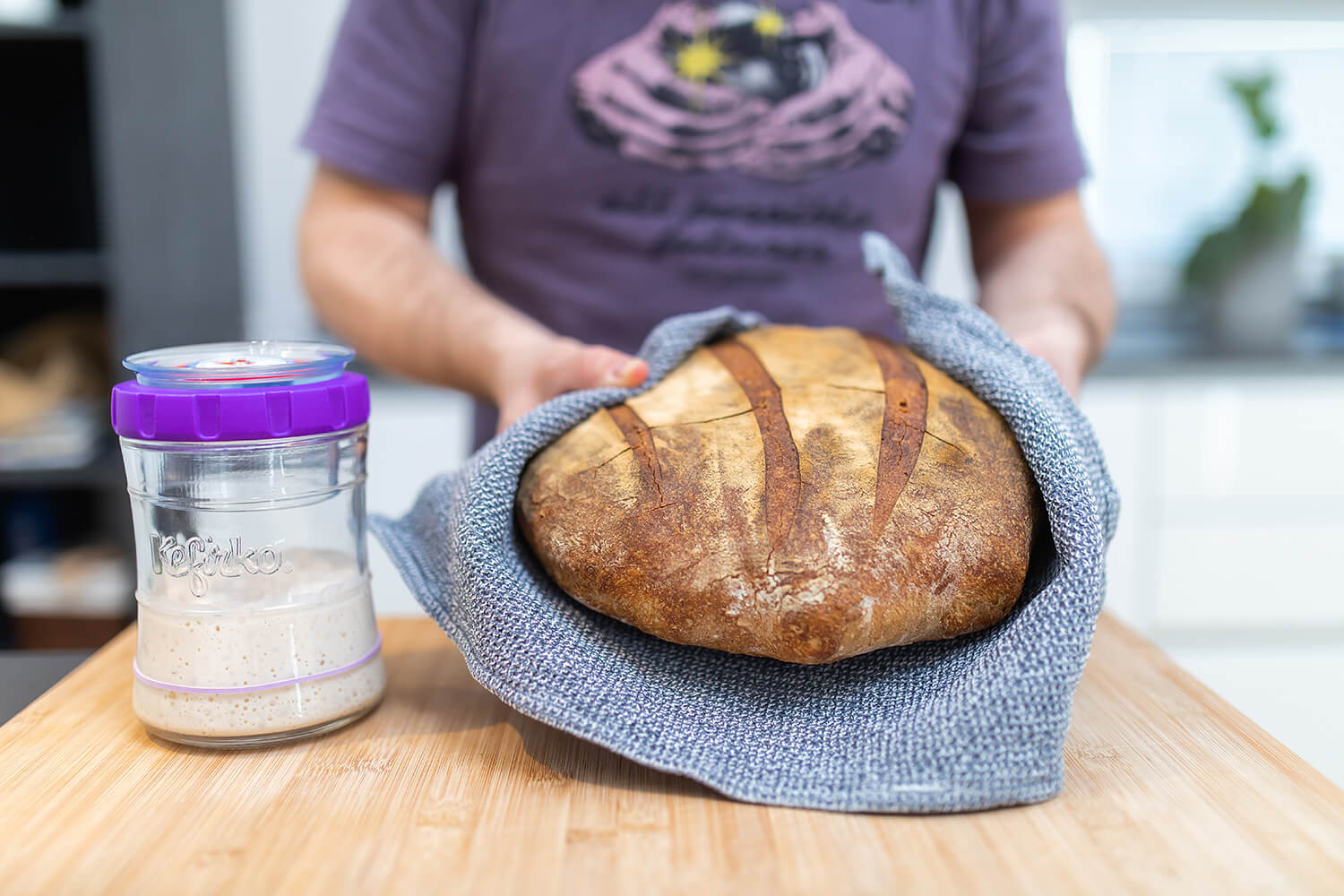
A sourdough starter is a naturally fermented mixture of flour and water. It serves as a leavening agent for baked items like sourdough bread. Because of its acidic flavour and texture, sourdough bread and pastries are incredibly popular and well-liked. They’re also simple to digest.

Yeasts and bacteria in Sourdough
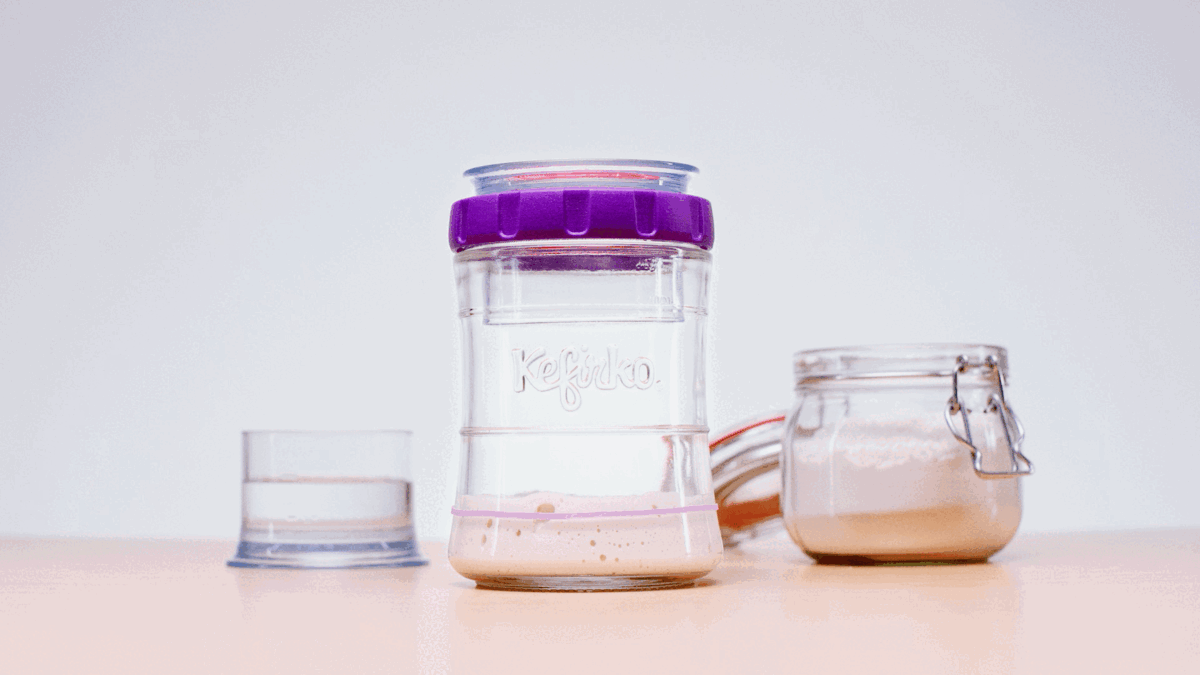
How to get sourdough starter?
There are two main ways to obtain a sourdough starter: either by getting it from other people or by making it from scratch.
Many people choose to obtain a starter from other bakers, often from a friend or family member who has been maintaining a starter for many years. Alternatively, one can make a sourdough starter from scratch by mixing flour and water and letting the mixture sit for several days, during which time wild yeast and bacteria from the environment and the grains will begin to multiply and ferment the mixture.
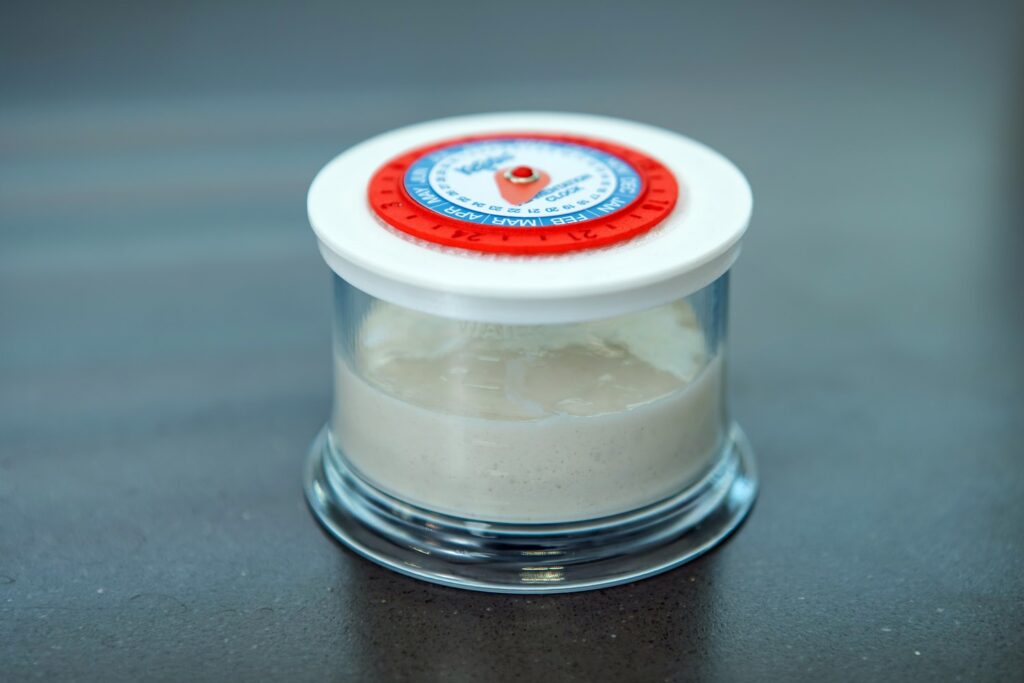
Sourdough starter recipe
- all-purpose flour
- lukewarm water

Instructions:
- In a glass jar with a lid, mix together 30 g flour and 25 ml water until a thick paste forms.
- Cover the jar and let it sit at room temperature for 48 hours.
- After 48 hours, discard about half of the starter and add another 30 g of flour and 25 ml of water to the remaining mixture. Stir well to combine.
- Cover the jar again and let it sit at room temperature for 24 hours.
- Repeat the process of discarding half of the starter and feeding it with fresh flour and water every 24 hours for the next 5-7 days, until the starter is bubbly, fragrant, and has doubled in size after feeding.
- Your sourdough starter is now ready to use!
Troubleshooting sourdough starter
There are several common problems that may happen when working with a sourdough starter:
Not enough activity: If your starter isn’t rising or producing bubbles, it may need more time to ferment or a higher feeding ratio. You may also need to adjust the temperature or humidity of the environment.
Too much activity: If your starter is overly active and is doubling in size quickly after feeding, it may be because of high temperatures or an wrong feeding ratio. Try reducing the feeding ratio or moving the starter to a cooler environment.
Foul odour: A strong or unpleasant odour coming from your starter could be a sign of undesirable bacteria or mould. In this case, it’s best to discard the starter and start fresh.
Separation: If your starter is separating into layers or has a watery top layer, it may need to be stirred more frequently or fed more frequently to maintain its consistency. This often happens when you store the starter in the refrigerator.
Inconsistent results: If your bread is turning out differently each time you bake, it could be because of inconsistencies in your feeding schedule. Try keeping track of your feeding times and ratios and adjust as needed to achieve more consistent results.
Contamination: If your starter becomes contaminated with unwanted bacteria or mould, it may need to be discarded and started over. Make sure to use clean utensils and containers when working with your starter, and store it in a clean and dry area. It’s also important to keep it away from other sources of contamination (fermenting jars, fruits).



